Preview |
PDF (Original Article)
- Requires a PDF viewer such as GSview, Xpdf or Adobe Acrobat Reader
616kB |
|
Other (Supplemental Digital Content)
844kB |
| Item Type: | Article |
|---|---|
| Title: | Quantitative analysis of gadolinium deposits in liver tissue of patients after single or multiple gadolinium-based contrast agent application |
| Creators Name: | Bayerl, Christian, Shahryari, Mehrgan, Reiter, Rolf, Proß, Vanessa, Lehmann, Kai, Kühl, Anja A., Becker, Dorit, Schulz, Andreas, Infante-Duarte, Carmen, Taupitz, Matthias, Geisel, Dominik, Tzschätzsch, Heiko, Saatz, Jessica, Traub, Heike and Asbach, Patrick |
| Abstract: | OBJECTIVES: Gadolinium-based contrast agents (GBCAs) are widely used in magnetic resonance imaging. Concerns exist regarding gadolinium deposition and its potential histopathologic tissue alterations, especially after repeated administrations of linear, less stable GBCAs. This study aimed to quantify gadolinium mass fractions in liver specimens of subjects exposed to GBCAs in correlation with histopathologic features. MATERIALS AND METHODS: In this Institutional Review Board-approved study, mass fractions of gadolinium in human liver specimens ω(Gd) from 25 subjects who underwent liver tumor resection surgery and had received GBCA (1 to 9 times over 4 y), were quantitatively analyzed using inductively coupled plasma-mass spectrometry (ICP-MS). Histomorphology was assessed based on the nonalcoholic fatty liver disease activity score (NAS). Linear regression analyses were performed with ω(Gd), time and dosage metrics, and histopathologic parameters. RESULTS: The median interval between last GBCA administration and surgery (T) was 14 days (range: 1 to 69 d). Gadolinium was detected in all liver samples (ω(Gd), median: 0.348 µg/g; range: 0.120 to 0.874 µg/g). No significant correlation was found between ω(Gd) and histologic scores, including inflammation and fibrosis. A strong negative correlation was found between ω(Gd) and ln(T) (P < 0.001). A positive correlation existed between ω(Gd) and the number (P = 0.010) but not the cumulative dose of previous GBCA administrations (P = 0.205). CONCLUSIONS: Our results suggest that after intravenous administration of GBCA, a small fraction of gadolinium is retained in the liver over a time period of at least several weeks. A relationship was observed between Gadolinium retention and the number of GBCA administrations, but not with the cumulative dose and the degree of fatty liver disease. |
| Keywords: | Gadolinium, Magnetic Resonance Imaging, Contrast Agent, Extracellular Matrix, Inductively Coupled Plasma–Mass Spectrometry |
| Source: | Investigative Radiology |
| ISSN: | 0020-9996 |
| Publisher: | Lippincott Williams & Wilkins |
| Date: | 11 November 2025 |
| Official Publication: | https://doi.org/10.1097/rli.0000000000001254 |
| PubMed: | View item in PubMed |
Repository Staff Only: item control page

 Tools
Tools Tools
Tools

